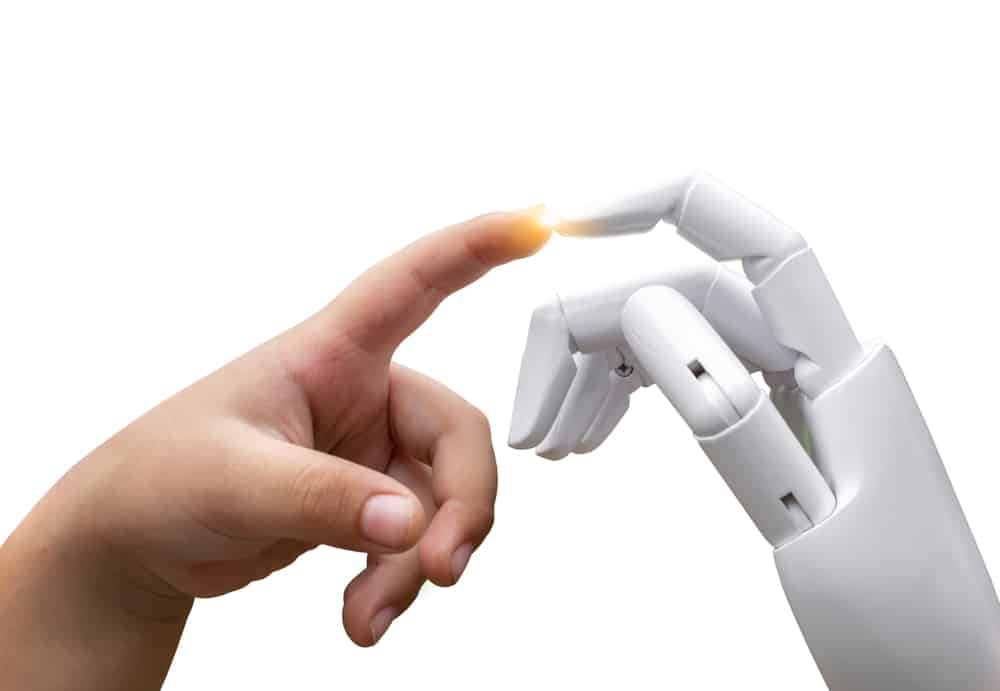Nikola: The 'baby' robot can imitate 6 expressions exactly like real people
Nowadays, the phenomenon of life-like robots is becoming common in the real world. Recently, scientists in Japan have created a 'baby' robot named Nikola, which can express 6 basic emotions exactly like humans. However, many experts have expressed concern that the technology could have unpredictable consequences for humanity, with the risk of robots replacing humans in the future.

Specifically, Nikola has facial muscles to express various emotions such as joy, sadness, fear, anger, surprise, and disgust. Although it still lacks a body, the developers hope that the robot can be used for many purposes in the near future.
Wataru Sato, the head of the research team, stated: 'Robots can communicate with us with emotions. That would be useful in many real-life situations like caring for the elderly and could make people happier."
Nikola's face has 29 pneumatic actuators that help control the movement of artificial muscles, along with six actuators used to control the movements of the head and eyes. These actuators are all controlled by air pressure.
In addition, the scientists used a coding system called the Facial Motion Coding System (FACS), thereby helping to control subtle movements on the robot's face, such as cheek lifting and lifting. pursed lips.
To see if people could correctly recognize the robot's facial expressions, the researchers had a group of people watch Nikola show six emotions on this robot's face. They found that the participants were able to recognize these six emotions, albeit with varying accuracy.
The researchers say: 'Nikola's silicone skin is less elastic than human skin and cannot form wrinkles like the real thing, so it is difficult for us to identify emotions such as disgust because the robot cannot wrinkle its nose. .
In addition, the team also found that different speeds of emotional expression also affect the realism of these expressions. For example, the rate of expressing sadness is slower than the rate of expressing surprise.
In the near future, researchers in Japan believe that Nikola robots can be used for a wide range of purposes in both psychosocial and neuroscience. "Compared with humans, this robot has good control over behaviors and can facilitate rigorous experimental investigation of human social interactions," said Wataru Sato.
Plus, in the future, Nikola could do a bunch of real-world applications, at least as long as the robot has a full body. "Although Nikola still lacks a body part, the ultimate goal of this project is to build a robot that can assist humans, especially those who live alone," the researchers said.
It is not clear how much scientists have spent developing Nikola or how much this robot version will cost in the future.
- Beautiful robot teaches Japanese in Vietnam
- Robot baby like real people
- Robot 'baby' learned as a person
- Thomas Edison vs Nikola Tesla: When the merchant collapses before the madman
- Anomalous life of scientist Nikola Tesla
- Robots are exactly like real people
- Video: Lots of female robots moving, chatting like real people
- Add 'baby robot' to be born
- Nikola Tesla and obsession 3, 6, 9
- Why is Nikola Tesla obsessed with Egyptian pyramids?
- The world's youngest 3D printing robot maker
- Robot toys are identical to chicks in Japan
 The world's first sexless AI voice
The world's first sexless AI voice This cool t-shirt will make you invisible to AI
This cool t-shirt will make you invisible to AI AI can predict personality only through selfie photos
AI can predict personality only through selfie photos The world-famous chess player lost to Golaxy before, artificial intelligence 'made in China'
The world-famous chess player lost to Golaxy before, artificial intelligence 'made in China'